Threshing is one of the highlights of the summer for staff and visitors to Slate Run Living Historical Farm, and you can see how it was done, 1880s style, at programs this Saturday and Sunday (16-17 July). Threshing is the final step of harvesting wheat, and separates the grain from the stalks and seed covering. As we have around eight wagons of grain to thresh this year, with each wagon taking around three to four hours to complete, we will be threshing on other days too, although these extra days are dependent on weather conditions and availability of staff and volunteers.
This fascinating process is powered by our magnificent Percheron work horses (see video). The horses rotate in a sweep, turning a large wooden gear and transmitting power to a tumble rod. A speeding jack increases the revolutions, and this mechanical power is transferred to the threshing machine by a large belt.
Wheat is fed into the machine by hand and a heavy cylinder knocks the grain loose from the stalk and seed covering. A series of screens filters out the large straws and the light chaff is blown away by a fan, letting clean seeds drop out of a side chute into containers. At least four or five staff or volunteers are needed on the machine at any time to feed in sheaves of wheat, move straw, bag clean grain or clear away chaff. The horses are pretty tired at the end of the day so typically we thresh just one wagon per day.
In the 1880s, groups of friends, families and neighbors would pool their resources and move from farm to farm to get the threshing done. When Sam Oman lived at Slate Run Farm in the late 19th century, he planted 65 acres with wheat and harvested 850 bushels. The seed was sold for around $0.90 per bushel or used to plant the following year’s crop. The stem or straw is used for bedding animals. Modern farmers harvest wheat all at once cutting and threshing as they drive their combine through the field.
Earlier in the harvesting process, we cut the wheat using our reaper-binder (see video), a 19th-century predecessor to the combine harvester. The cut wheat is tied into sheaves or small bundles and stacked in shocks to finish ripening or drying, prior to threshing.
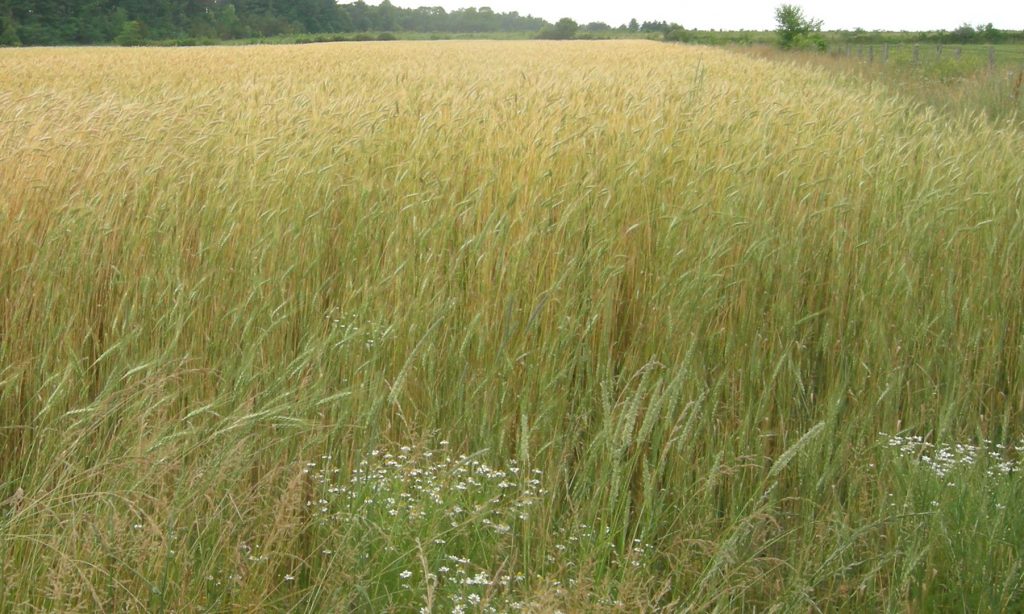
Wheat field at Slate Run Farm (David Trotter)
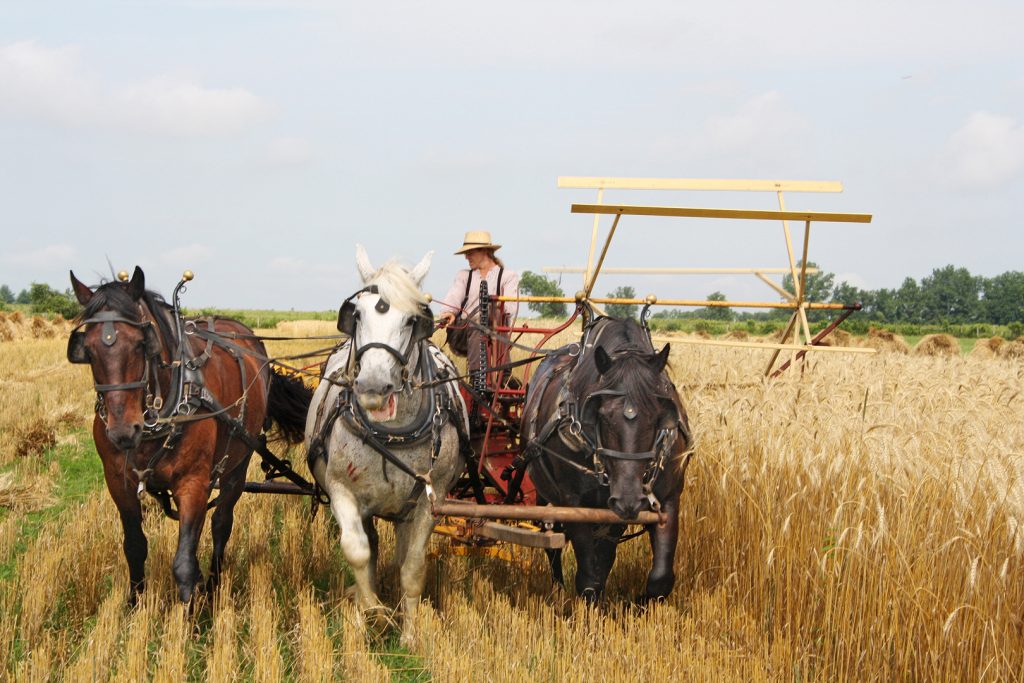
Wheat is cut using the reaper-binder (Julie Heetland)
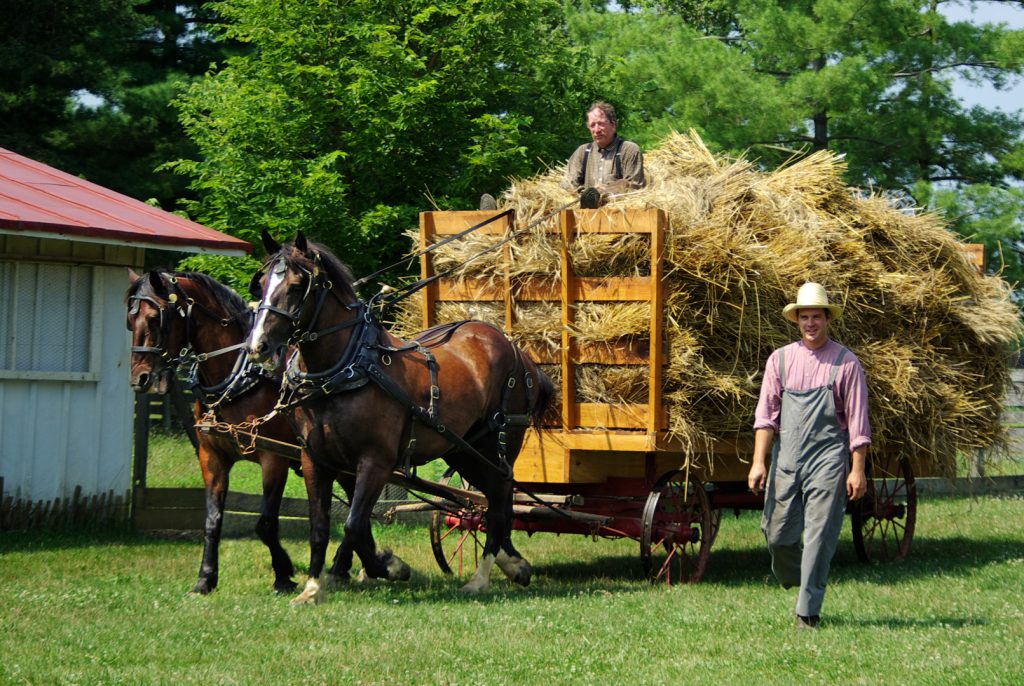
Horses transport wheat for threshing (Frank Kozarich)
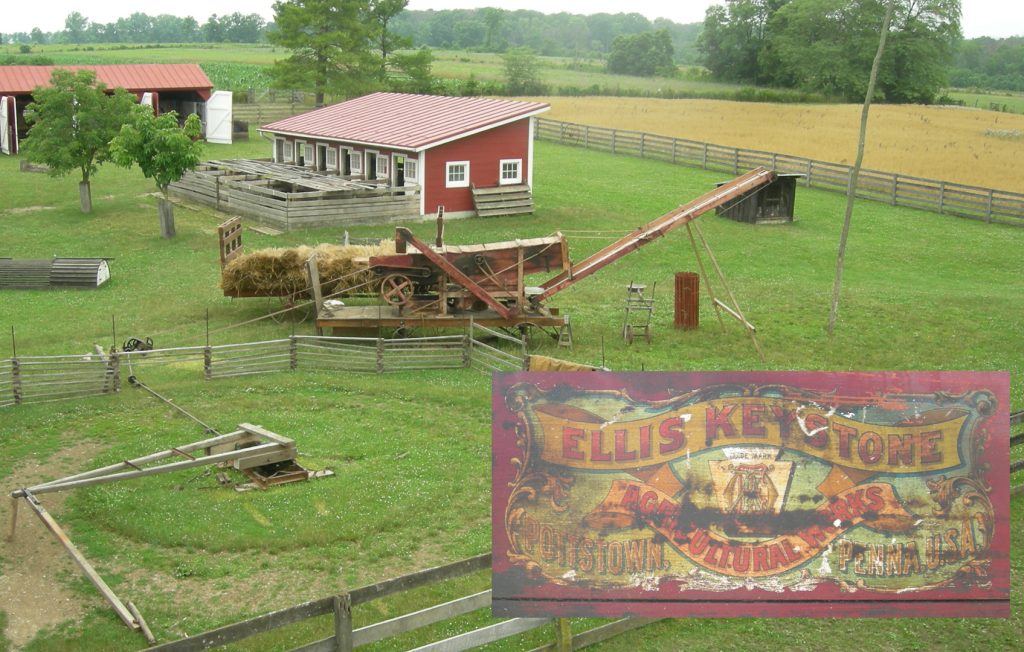
Threshing machine (Dave Trotter)
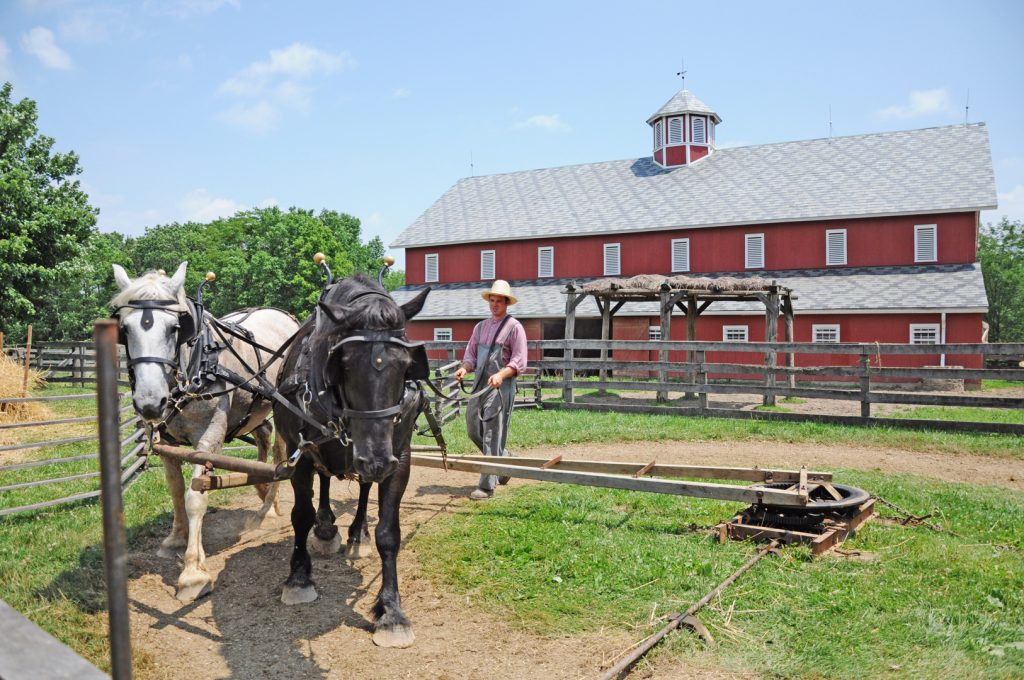
Horses power the threshing machine (Fred Miller)
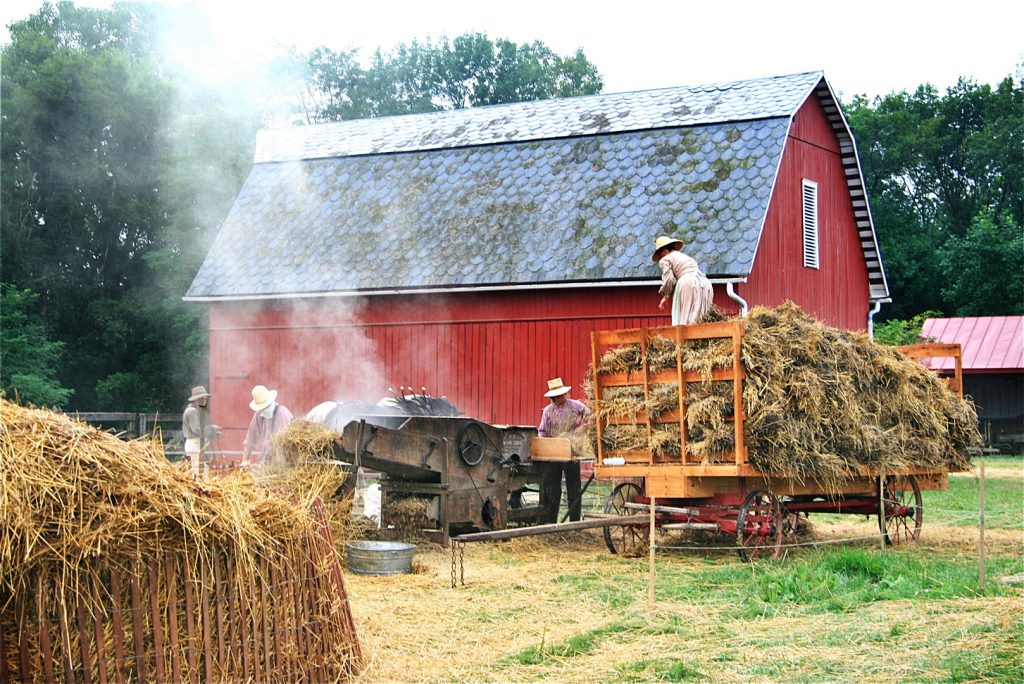
Horses and staff at work threshing (Kit Yoon)
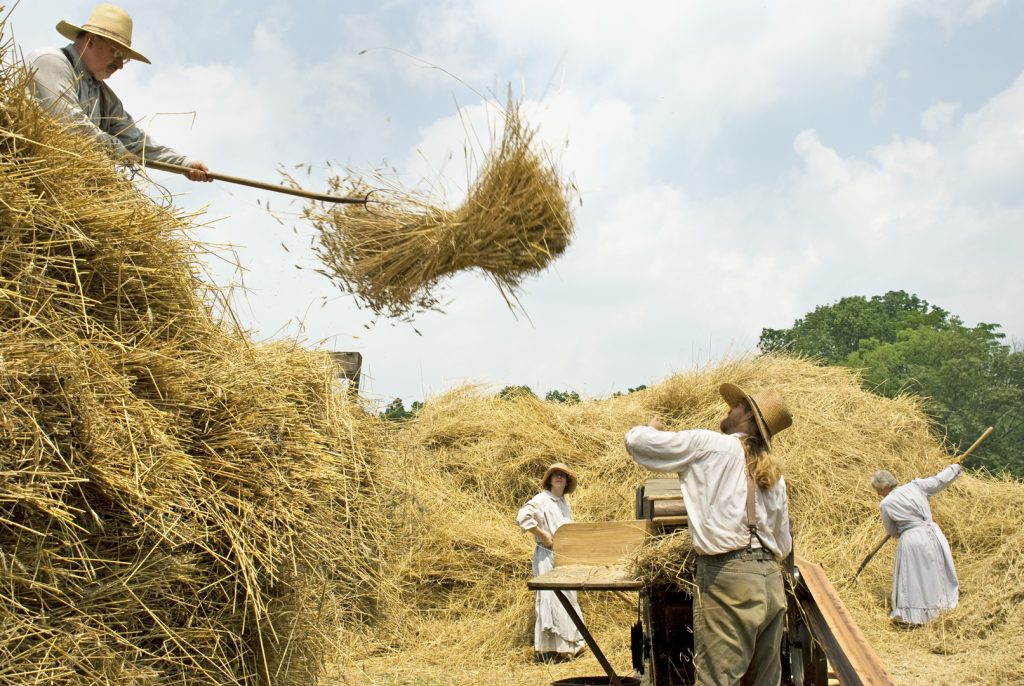
What sheves forked down to add to threshing machine (Bill McCracken)
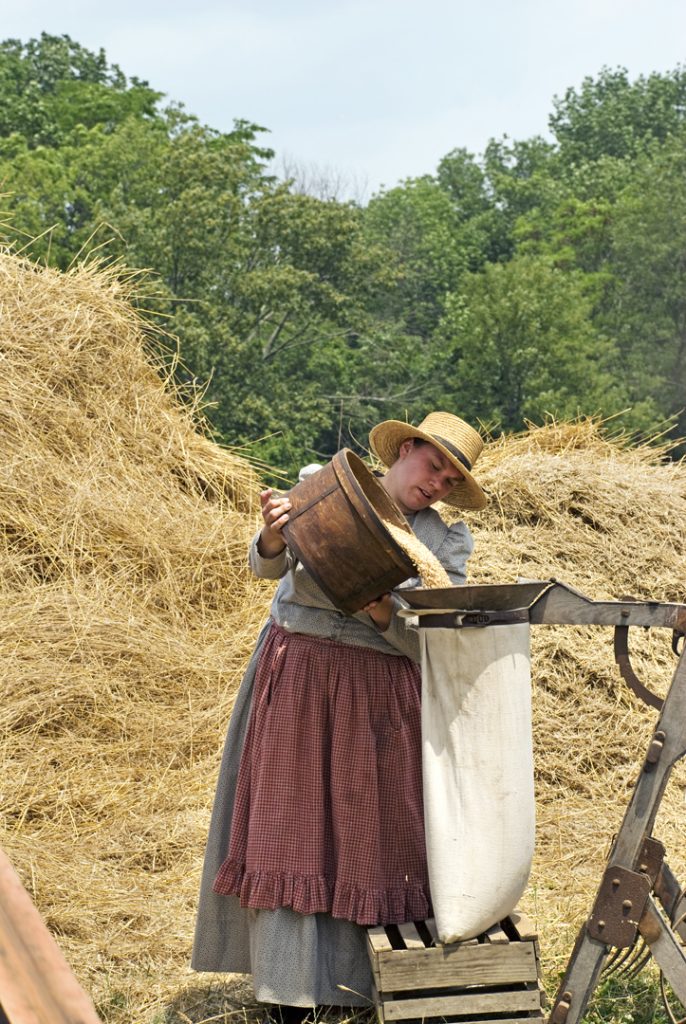
Separated grain added to storage bag (Bill McCracken)
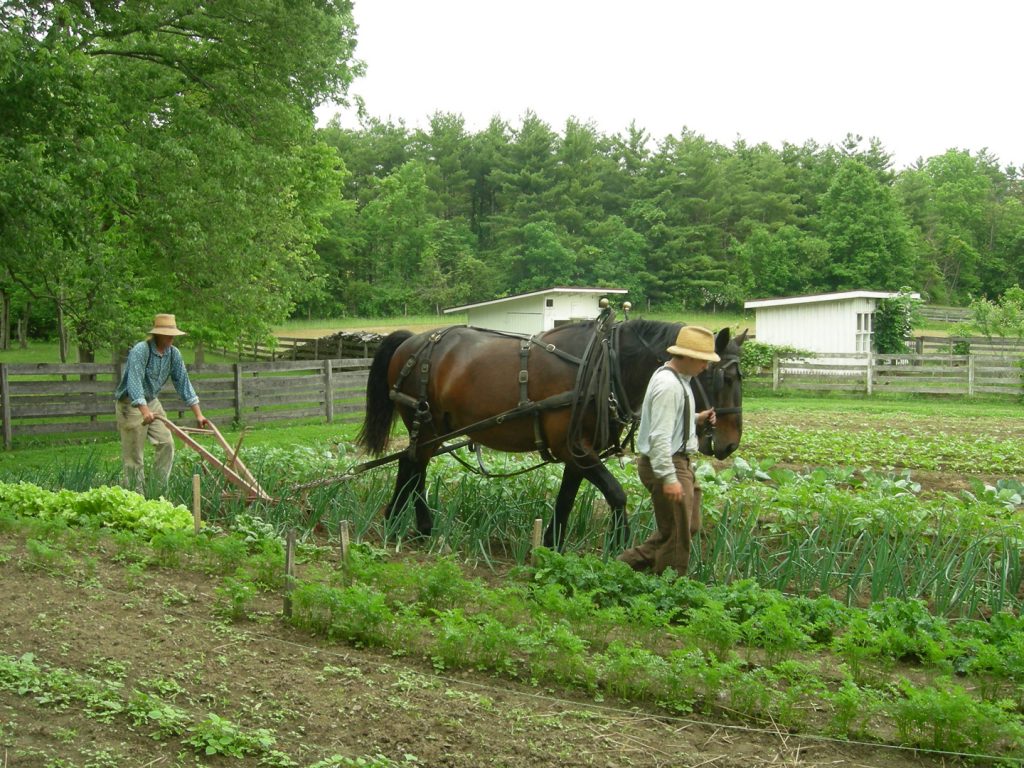
Work horse pulls plow (Mike Huels)
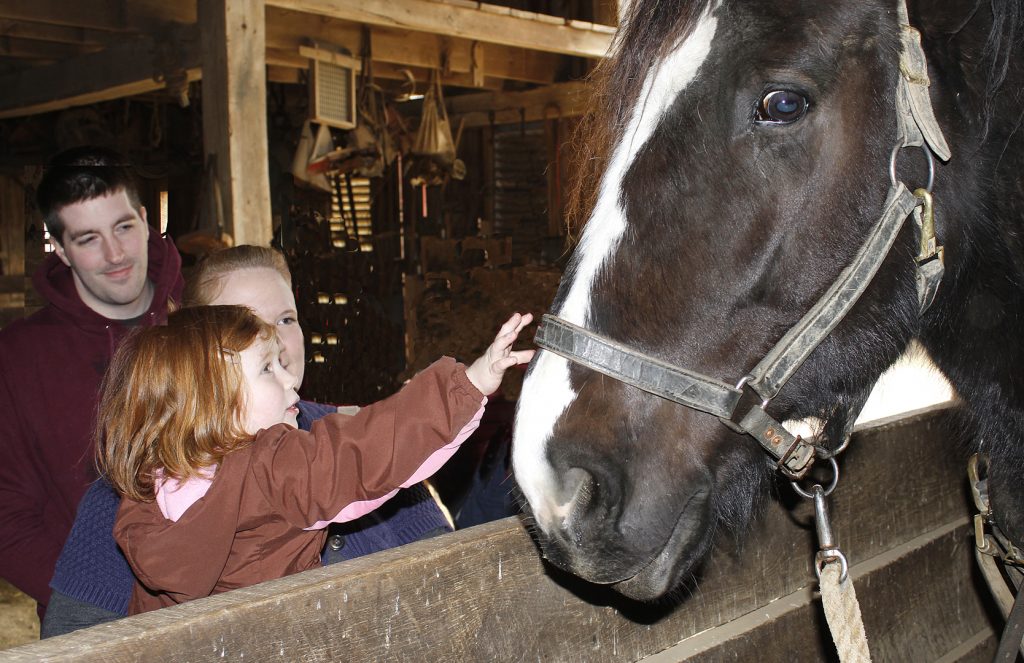
A Percheron horse attracts a young visitor's attention (Cheryl Blair)
